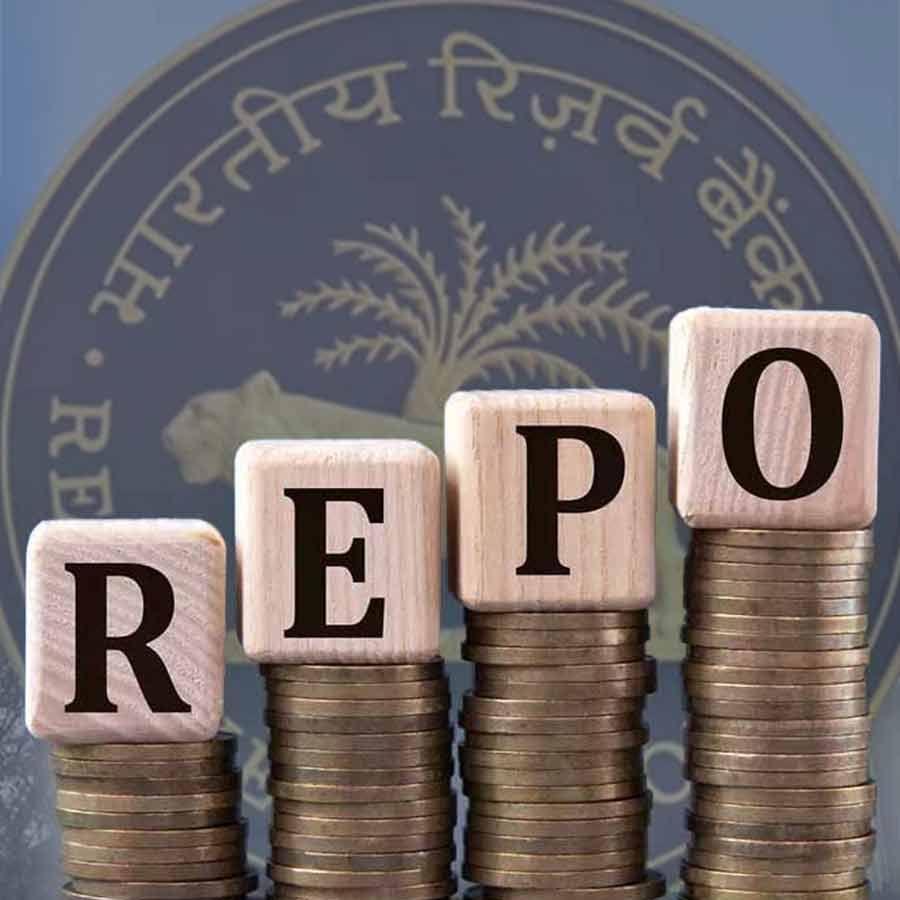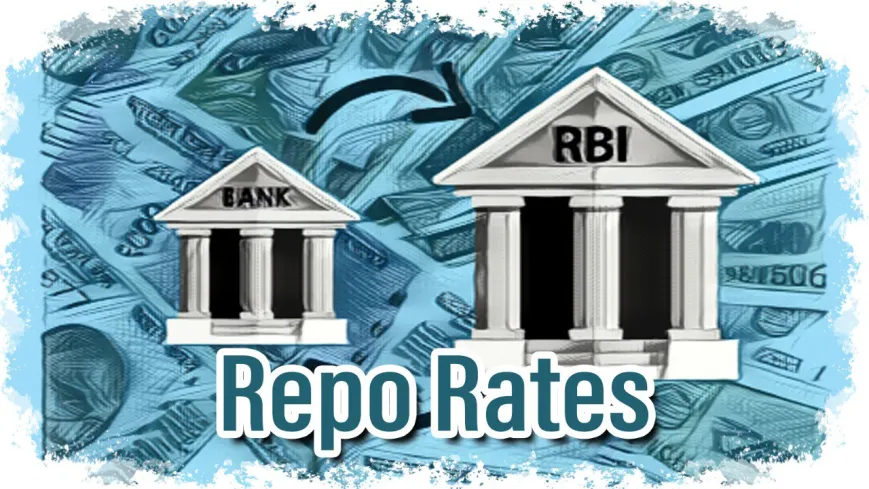We often hear in the news: “The Reserve Bank has increased the repo rate” or “The repo rate has been reduced”. But for many, this word seems like a puzzle. In fact, the repo rate is not just a topic of discussion for economists—it also has a big impact on the lives of ordinary people like you and me.
This article will explain in simple terms what the repo rate is, how it works, and how its changes affect our loans, savings, markets, and even inflation.
What is the repo rate?
The repo rate is the rate or interest rate at which the country’s central bank (such as the Reserve Bank of India or RBI in India) lends short-term money to commercial banks.
But this loan is not just about giving money. Here, banks “sell” the government securities they have to the central bank, and promise to “buy” those securities again after a certain period of time—but at a higher price. The difference in this price is the interest formed according to the repo rate.
Why is the repo rate important?
The Reserve Bank uses the repo rate to control the interest rate in the entire economy. Let’s see how it works:
- Helps in controlling inflation:
When the prices of goods in the market increase too much (meaning inflation), the RBI increases the repo rate. This makes it expensive for banks to borrow money, so they also lend to the common people at higher interest rates. This reduces borrowing, reduces costs in the market, and controls demand—resulting in lower inflation. - Helps in boosting the economy:
On the other hand, when the economy slows down or there is a recession, the RBI reduces the repo rate. This allows banks to borrow money cheaply and lend to customers at lower interest rates. As a result, people and businesses spend more and invest more—this boosts the economy. - Impact on your loan:
If you have taken a home loan or personal loan, your EMI may also increase if the repo rate increases. On the other hand, if the repo rate decreases, the EMI may also decrease. That is, the repo rate is directly related to your monthly budget. - Impact on savings:
If the repo rate increases, banks usually offer higher interest on fixed deposits (FDs). On the other hand, if the rate decreases, the interest may decrease. Therefore, the repo rate is also important for those who earn income through savings.
Repo rate vs. Reverse Repo Rate

To understand the repo rate, you need to know another term: Reverse Repo Rate.
- Reverse repo rate is the interest rate at which commercial banks deposit their excess money with the RBI.
- When the RBI increases this rate, banks are encouraged to keep money with the RBI instead of lending it to the market. This reduces the supply of money in the market, and inflation is brought under control.
The gap between the repo and reverse repo rates is called the interest rate corridor.
Impact of changes in the repo rate – in your life
The impact of increases and decreases in the repo rate is felt in many places. For example:
- Home loan: If the repo rate increases, the interest on home loans increases, EMI increases.
- Business loan: If the cost of borrowing is high for businesses, they reduce their investments.
- Purchasing power: If the cost of borrowing increases, the common man spends less money on purchases – as a result, sales in the market decrease.
In other words, the repo rate is not just a matter for banks – it can also affect your spending, savings, investments, and even the job market.
Repo rate in India – history and present
The repo rate in India is determined by the Monetary Policy Committee (MPC) of the RBI. This committee meets every two months and fixes the repo rate according to the country’s financial situation.
India’s repo rate has been fluctuating for the past few years:
- 2008-09: The rate was cut during the global financial crisis to boost the economy.
- 2010-13: The rate was increased to curb inflation.
- 2020: The rate was cut again to encourage investment during the Covid pandemic.
- 2022-24: The repo rate was increased due to inflation.
These fluctuations prove that the repo rate is a kind of switch that either speeds up or keeps the economy cool.
Conclusion
Although the repo rate may sound complicated, it is a very powerful economic instrument. If you are borrowing, saving, doing business, or just want to understand the dynamics of the market, then knowing the repo rate is essential.
A change in the rate can affect our cost of living, investment plans, and even future financial security. So give importance to the repo rate, keep an eye on it, and make decisions accordingly.



